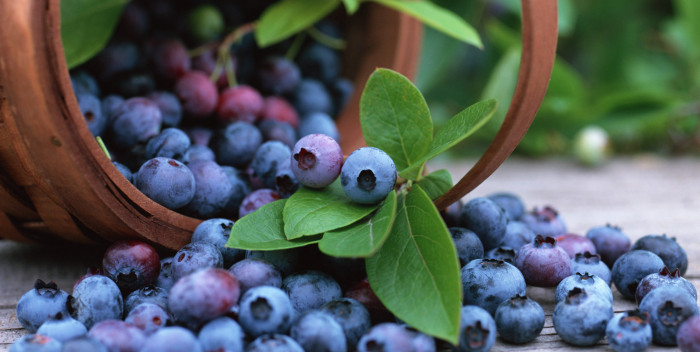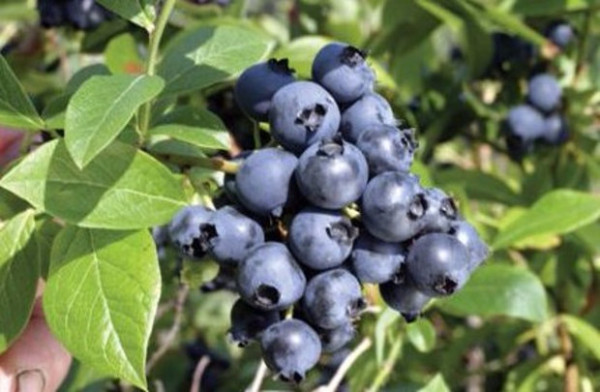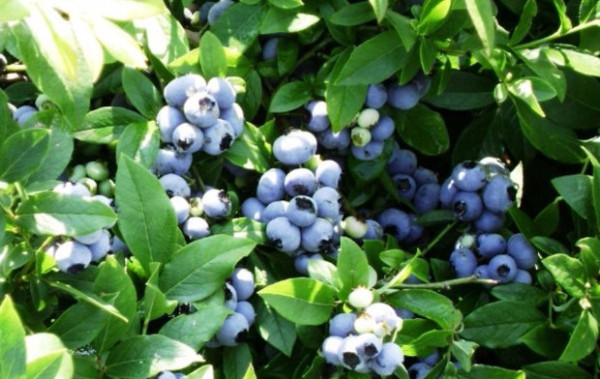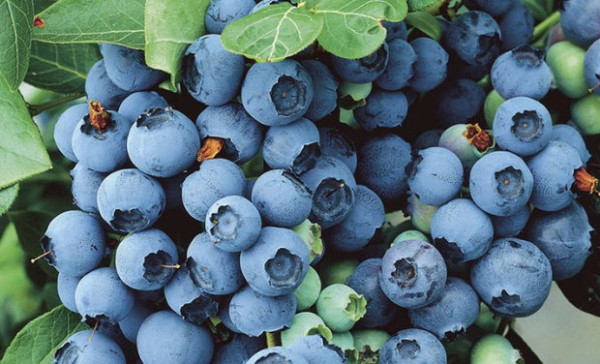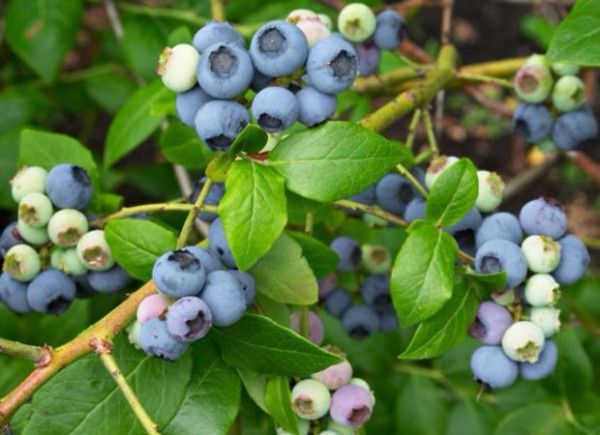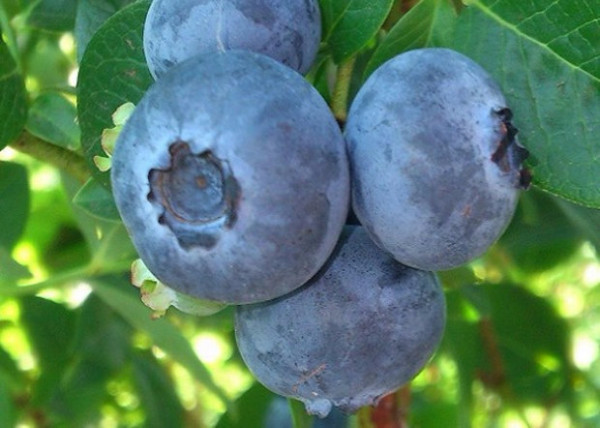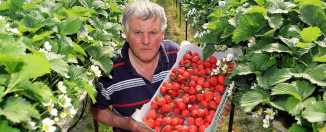How to grow blueberries
Delicious blueberry belongs to the Lingonberry family. It has a pleasant taste and aroma and is extremely beneficial to health. Blueberries are eaten fresh, jam is made from it, marshmallow is prepared, frozen and used for juice production. Any gardener can easily grow this berry.
Blueberry varieties
As a result of the work of breeders, many varieties which are great for growing in our climate:
- Northblue blueberries belong to the undersized varieties of this plant. At the end of summer, about 2 kg of sweet berries can be obtained from one plant of this variety. The crop is used for further processing or freezing.
- Country blueberries begin to ripen in the second half of summer. From one powerful bush, 2 kg of medium-sized berries are harvested, which have a sweetish taste and a light blue skin tone. This variety has excellent frost-resistant qualities and can be a decorative decoration of the garden.
- Chippewa blueberries can stretch up to a meter in height. The yield of this variety is about 2.5 kg per plant. The berries are large and have a high sugar percentage. In this regard, the Chippewa variety is recommended to be used for making dessert dishes.
- Northland blueberries grow in a sprawling, strong bush. Ripening of berries occurs in the second half of the summer. Productivity in comparison with other varieties is high - about 8 kg. The dense blue berries have excellent flavor and dense texture. This variety perfectly withstands transportation.
- Bluegold blueberries begin to ripen in July. Since the berries of this variety will soon crumble, it is important to harvest on time. The berries have a sweet and sour taste and can be stored for a long time. This variety is distinguished by its resistance to low temperatures.
Planting blueberries
Well-lit areas where the groundwater runs deep enough are suitable for growing blueberries. Wind protection is also required. It is best to plant blueberries in spring, so that the plant adapts over the summer and has time to gain strength for wintering.
For blueberries, peat or sandy soil with a slightly acidic reaction is suitable. Acceptable plant blueberries and clayey soils, but in this case, you need to arrange a thick drainage layer. Since the root system of this plant is quite fragile, then purchase seedlings in special containers and take special care when planting.
Arrange the blueberries in rows, keeping the distance between individual bushes about 60 cm. Prepare a hole for each bush with a side of 60 cm and a depth of about 50 cm. For better oxygen supply to the blueberry bushes, it is useful to loosen the walls of the hole. After that, the bottom of the pit is covered with a layer of soil mixed from peat, sand, sawdust and needles with the addition of 50 g of sulfur. There is no need to apply organic fertilizers, since they provide an alkaline environment instead of the necessary acidic one.
The seedlings are lowered into the hole and the root system is well spread. Then the hole is covered with soil in such a way that the root collar is deepened. After that, the earth is tamped and watered. A layer of straw, sawdust or bark mulch is laid on top.
Blueberry care
The process for growing blueberries is very similar to growing other horticultural crops. Watering the blueberries should be done with care, not allowing the plant to flood. When moisture stagnates, the plant may die. It is especially important to regularly to water plant during flowering and at the time of ripening of the crop.
Two weeks after planting blueberries, the bushes must be fertilized with mineral fertilizing. For this, a mixture of phosphorus, potassium and nitrogen in a 2: 1: 1 ratio is suitable. After applying top dressing, it is imperative to moisten the trunk circle. For the second and subsequent years top dressing must be done in mid-spring and June.
During the growing season, it is necessary to loosen the soil around the plant two or three times to a depth of 9 cm. Too often there is no need to loosen the soil, and there is a high risk of accidentally damaging the root system.
It is imperative to use the mulching of the trunk circles. This will prevent overheating of the root system and protect against frost in winter. During the season, you need to replace the mulch layer with fresh one or two times.
When the plant has passed 5 years, it is necessary to carry out pruning... It is necessary to cut out old dead branches in late autumn and early spring. In this case, it is necessary to leave 4 branches of young and those that are already bearing fruit. From below, the young growth is completely removed so that the fungus does not develop and the planting does not thicken.
For the winter, blueberries can be left open if the temperature in your area does not drop below -25 degrees. Otherwise, it is better to cover the bushes with a layer of sawdust or non-woven material.
